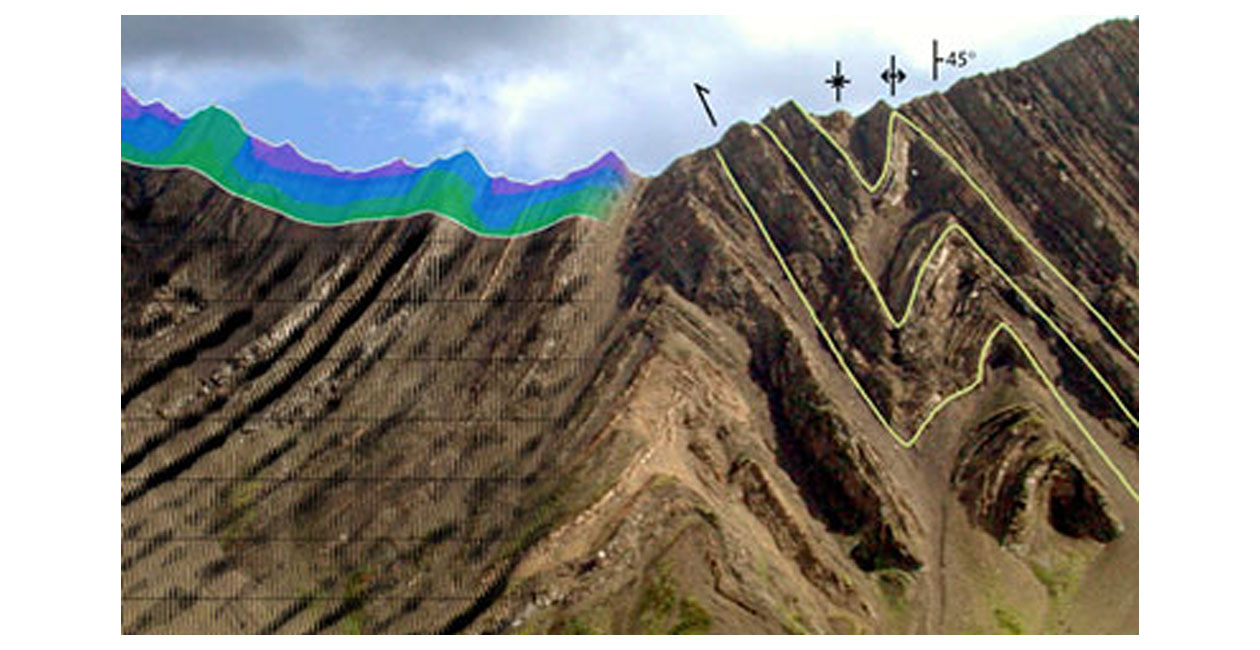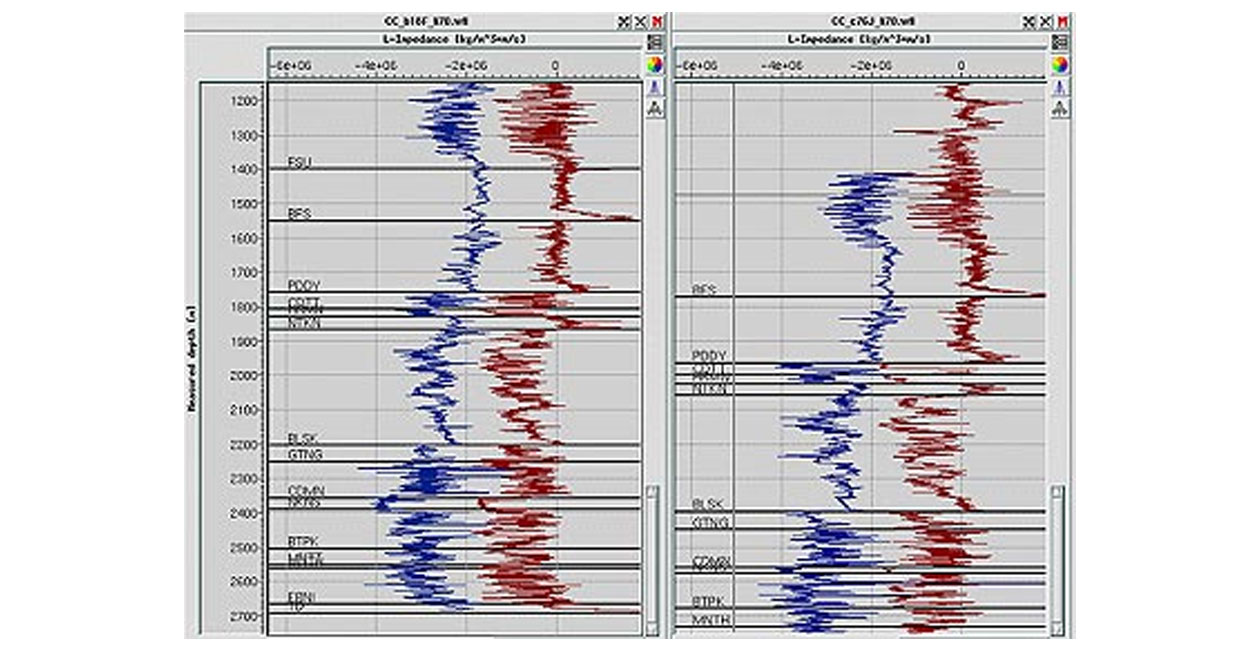Abstract
Seismic waves exhibit fascinating, nonintuitive behaviours in the presence of anisotropy. Seismic anisotropy refers to the characteristic of materials, such as shale-dominated clastics, where the seismic velocity changes with direction of wave propagation. We explore wave-propagation phenomena and their effects on seismic imaging of complex-structure exploration targets below anisotropic strata.

The sideslip effect has been well documented to cause lateral movement of the seismic wavefront and therefore creating lateral-position errors on seismic data (e.g., Dellinger, 1991; Isaac and Lawton, 1999; Vestrum et al, 1999). A previously overlooked seismic-imaging effect is the reflection-point smear that occurs when the lateral-position error changes with offset. This smear effect blurs edges of seismic events-especially if those events are below a shallow-dipping clastic overburden-which can obscure fault truncations on exploration targets.
Even though the smear effect was not fully understood until recently (Isaac and Lawton, 2000; Vestrum, 2002), TTI anisotropic depth migration, when applied prestack, has corrected the smear for years. Forward-model data examples and a previously published dataset from Blackstone, Alberta (Grey et al, 2002), show the anisotropic smear and illustrate how anisotropic depth migration can reduce these effects on the final migrated image.
Improved understanding of anisotropic wave phenomena explains the improvements we see in imaging complex geologic structures with 3D data volumes with the application of anisotropic depth migration. More accurate position of structures and more detail in the thrusted imbricates aids the interpretation of fault-block compartmentalization of the reservoir in an area with duplexing and lateral-ramp features (see Figure 1).
Through a detailed discussion punctuated with complex-structure data examples, we will investigate a variety of cases where anisotropy problems exist, the potential solutions to these problems, and the effectiveness of these solutions in each case.

Biography
Robert W. Vestrum has a B.Sc. in Geophysics from the University of Alberta and an M.Sc. from the University of Calgary in 1994. His thesis on elastic anisotropy won best M.Sc. thesis in Geology and Geophysics for his graduating year.
Following three years of work in complex-structure imaging at Shell Canada, Rob went on to the University of Calgary in 1997 to begin PhD studies and to work on the problem of imaging below dipping anisotropic strata. He worked with Kelman on developing their 2D anisotropic depth migration and model-building software for four years before moving on to Veritas GeoServices to pursue 3D anisotropic depth migration.
Recognition for his work in anisotropic depth migration includes CSEG Best Paper, Honorable Mention for Best Paper in Geophysics, two awards for papers at the CSEG convention, and, most recently, the SEG's J. Clarence Karcher Award for significant contributions to science by a young Geophysicist.





